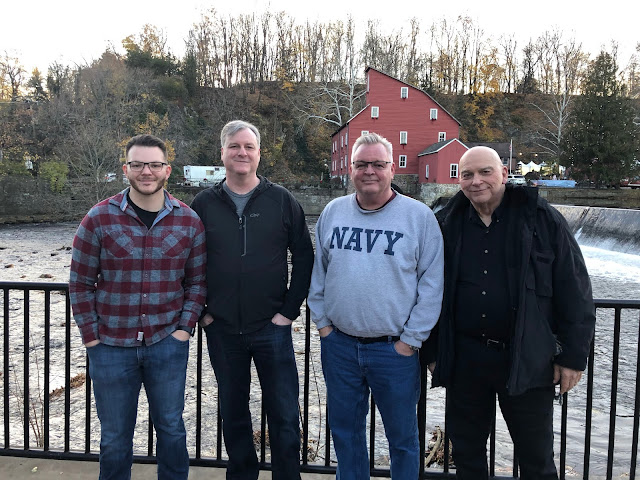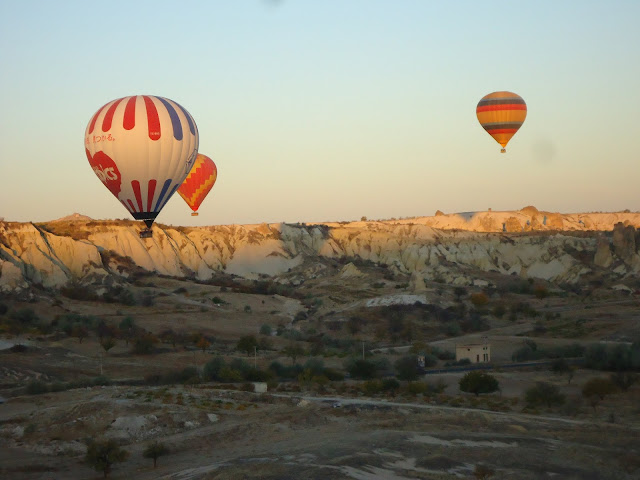It had been a long time since I had been in a barber shop. Actually, I thought they had all become styling salons, particularly after the big hair years of the 1980s. It had been over twenty years since a barber had put his scissors to my hair, when I got the text from Mark saying that he was making haircut appointments for us at Front Row Barbers at Clinton, New Jersey, I had to agree, although I was quite fond of my well trimmed beard. Mark, his brother Patrick, and Mark’s son, Nathan, were going to the barber shop and, of course, me. Although I hadn’t seen the inside of a barber shop for a long time did not mean my hair was shoulder length like Patrick’s. My wife, Claudette, had kept my hair cut since our wedding in the year 2000. Unfortunately, at the age of seventy-seven, I didn’t have much hair on top, but I did have a rather nice looking beard if I might say so myself. That would have to go. Nathan was bearded but Mark was not. The shop was exactly what you would expect in the small New Jersey town. Small but cozy and clean as a pin. We were welcomed and asked if we wanted any refreshment. I was surprised to find out that the refreshment was bourbon. Mark and Patrick partook but I did not. Bourbon doesn’t mix well with the meds I take. Nathan missed out too—he was in the barber’s chair.
And then it was my turn to get into the chair. The young barber was personable and quite efficient. He took note of my accent and I had the opportunity to extol the virtues of living in South Carolina. Then he got right down to business, draping me in the protective sheet and tucking paper around my neck. My instructions to him were to remove all the hair from my head except my eyebrows! He followed my instructions to the t. The next sound I heard was the high pitched buzz of an electric razor. He made quick work of removing any stubble left by the clippers. I thought he was finished. But, I remembered Mark saying that it was to be an old fashioned haircut. The barber put hot lather around my ears and on my neck. He used a straight razor to remove any remaining stubble. Memories were coming back as I was reclining in the chair. The witch hazel was cold as ice as he massaged it on my face. I felt the skin on my face tighten up. Then he was gone for a minute or two. He covered my entire face with a hot towel. Not a warm towel but a very, very, hot wet towel. I’m sure it had steam rising from it and I was about to get third degree burns. After my face was properly steamed, he removed the towel and applied the hot lather. With a very sharp straight razor all the facial foliage was removed and another steaming towel removed all traces of lather. I thought I heard an aria from the Barber of Seville. Nah, not in New Jersey. I sat up, got out of the seat and he brushed me off.
 |
It was one of the most pleasurable half hours I’ve ever had!

























